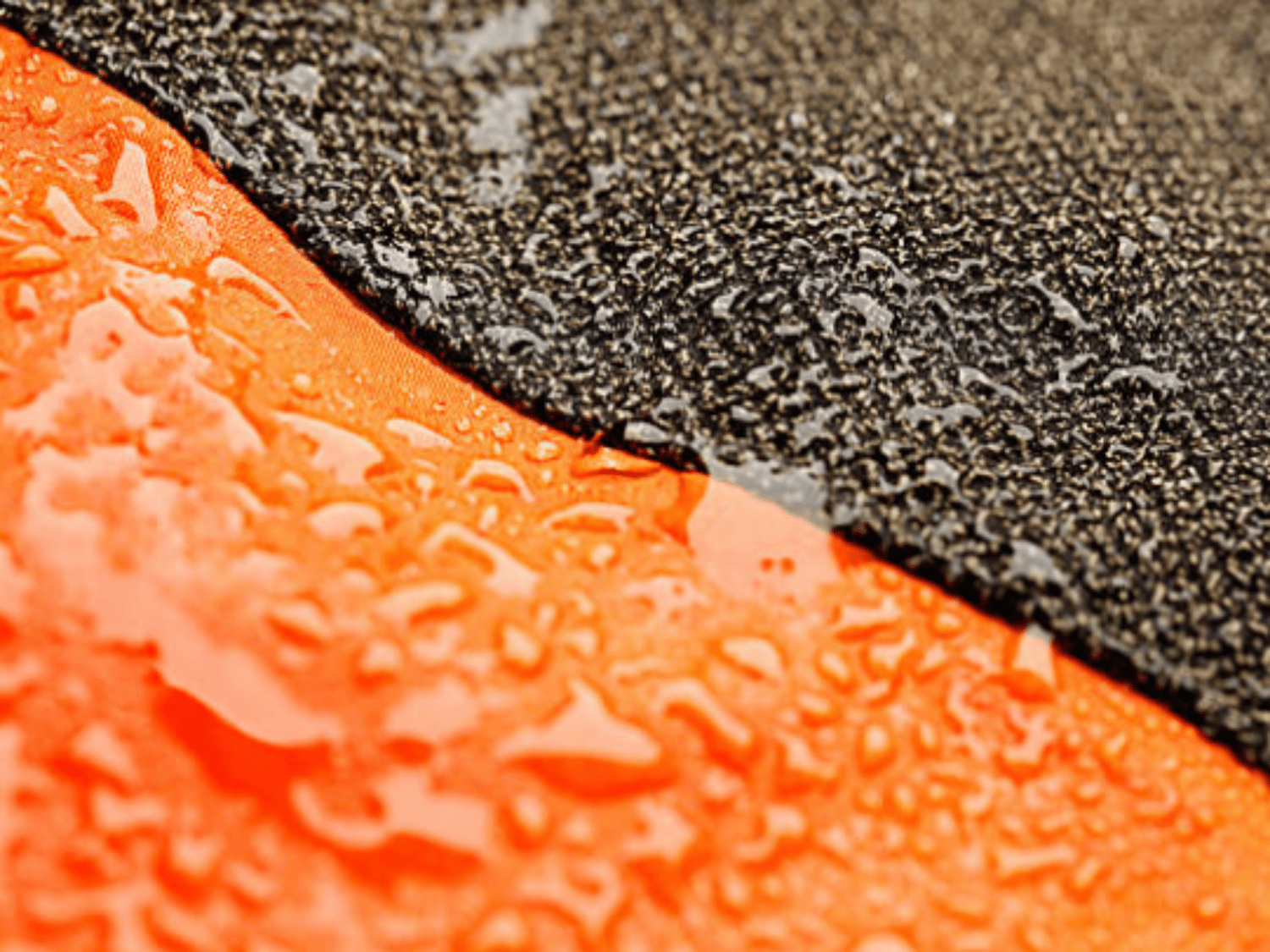Introduction
Nylon is a versatile and widely-used synthetic material known for its durability, strength, and lightweight nature. But when it comes to its water-resistance, many people wonder: is nylon waterproof? In this article, we will delve into the properties of nylon fabric and explore its ability to repel water. Whether you're considering purchasing a nylon jacket, backpack, or tent, understanding the water-resistance of nylon can help you make an informed decision.
The Science Behind Nylon
Before we dive into the water-resistance of nylon, it's important to understand the science behind this remarkable fabric. Nylon is a type of polymer, a long chain of repeating units, known as polyamide. It was first developed in the 1930s as a synthetic replacement for silk, and its popularity quickly grew due to its durability and affordability.
Nylon's Water-Repellent Nature
While nylon is not completely waterproof, it does possess inherent water-repellent properties. The tightly woven fibers of nylon fabric create a barrier that prevents water from penetrating easily. When exposed to water, nylon resists absorption and quickly dries, making it an ideal choice for outdoor gear and apparel.
The Role of DWR Coating
To enhance the water-resistance of nylon, manufacturers often apply a durable water repellent (DWR) coating to the fabric. DWR is a chemical treatment that causes water to bead up and roll off the surface of the fabric, rather than being absorbed. This additional layer of protection improves the water-resistance of nylon garments and gear.
Limitations of Nylon's Water-Resistance
While nylon is water-resistant, it does have its limitations. Over time and with repeated use, the DWR coating can wear off, reducing the fabric's ability to repel water. Additionally, nylon fabric can become saturated in heavy rain or prolonged exposure to water, leading to a loss of its water-repellent properties.
Caring for Nylon to Maintain Water-Resistance
To ensure the longevity of nylon's water-resistance, proper care is essential. Regularly reapplying a DWR treatment to nylon garments can help restore and maintain their water-repellent properties. Additionally, following the manufacturer's washing instructions, avoiding harsh detergents, and air-drying nylon items can help preserve their water-resistance.
Applications of Waterproof Nylon
While nylon itself may not be completely waterproof, its water-resistance and durability make it a popular choice for various outdoor applications. Waterproof nylon fabrics, often treated with specialized coatings or laminates, are commonly used in the production of raincoats, waterproof backpacks, tents, and other outdoor gear where protection from rain and moisture is essential.
Alternatives to Nylon for Waterproof Gear
If you're looking for alternatives to nylon for waterproof gear, several other materials offer excellent water-resistance properties. These include polyester, Gore-Tex, and other laminated fabrics. Each material has its own advantages and disadvantages, so it's important to consider your specific needs and preferences when choosing waterproof gear.
Conclusion
In summary, while nylon is not completely waterproof, it does possess inherent water-repellent properties. The tightly woven fibers of nylon fabric create a barrier against water, and the addition of a DWR coating further enhances its water-resistance. By properly caring for nylon items and considering alternative materials for specific applications, you can ensure the longevity and effectiveness of your waterproof gear.

